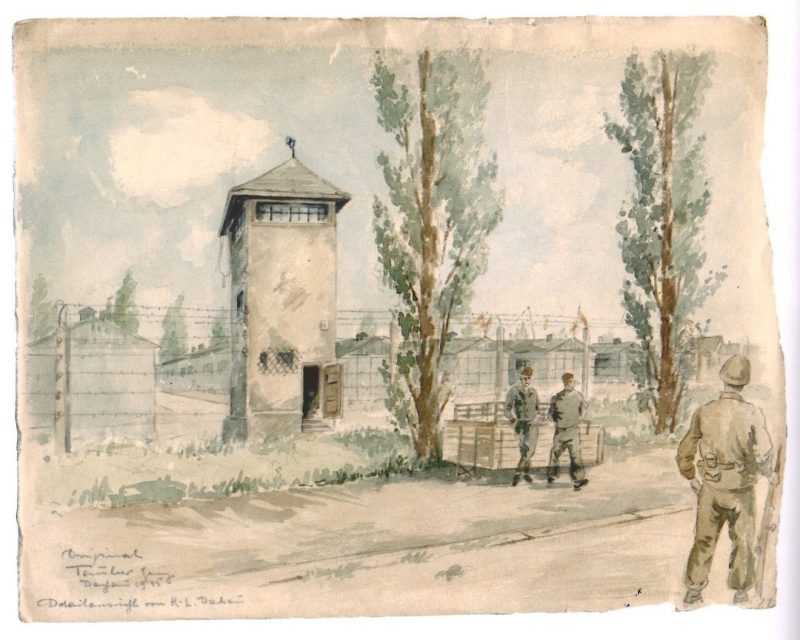Art as testimony
At the end of May 1938, Georg Tauber was handed a prison sentence for forging prescriptions and committing fraud. The police used his addiction and his several courses of psychiatric treatment as a pretext to record him as »asocial« in their files.
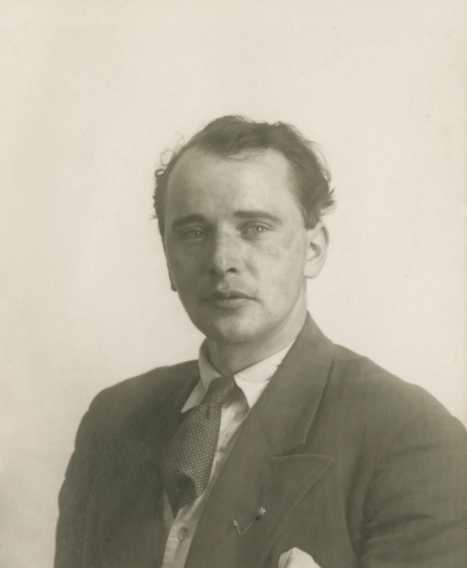
Source: Stadtarchiv Nürnberg C 21/VII Nr. 163
In January 1940 the Criminal Police sent Georg Tauber to Sachsenhausen concentration camp, and then three months later he was transferred to Dachau concentration camp. He was 39 at the time. In Dachau he managed to establish good contacts with fellow prisoners thanks to his artistic talent. He decorated greetings cards with ornamental designs and flowers at their request and he painted watercolours for a civilian worker.
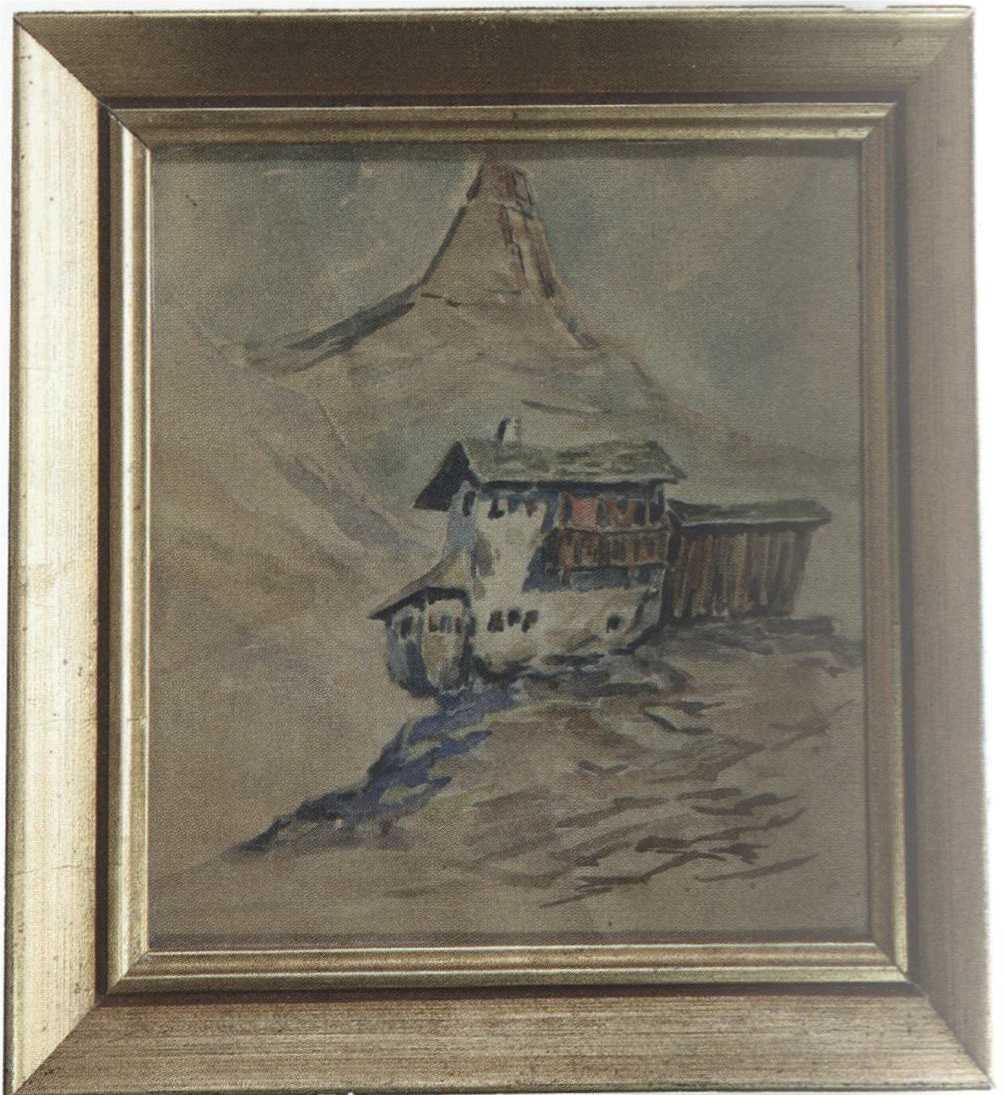
Source: KZ-Gedenkstätte Dachau
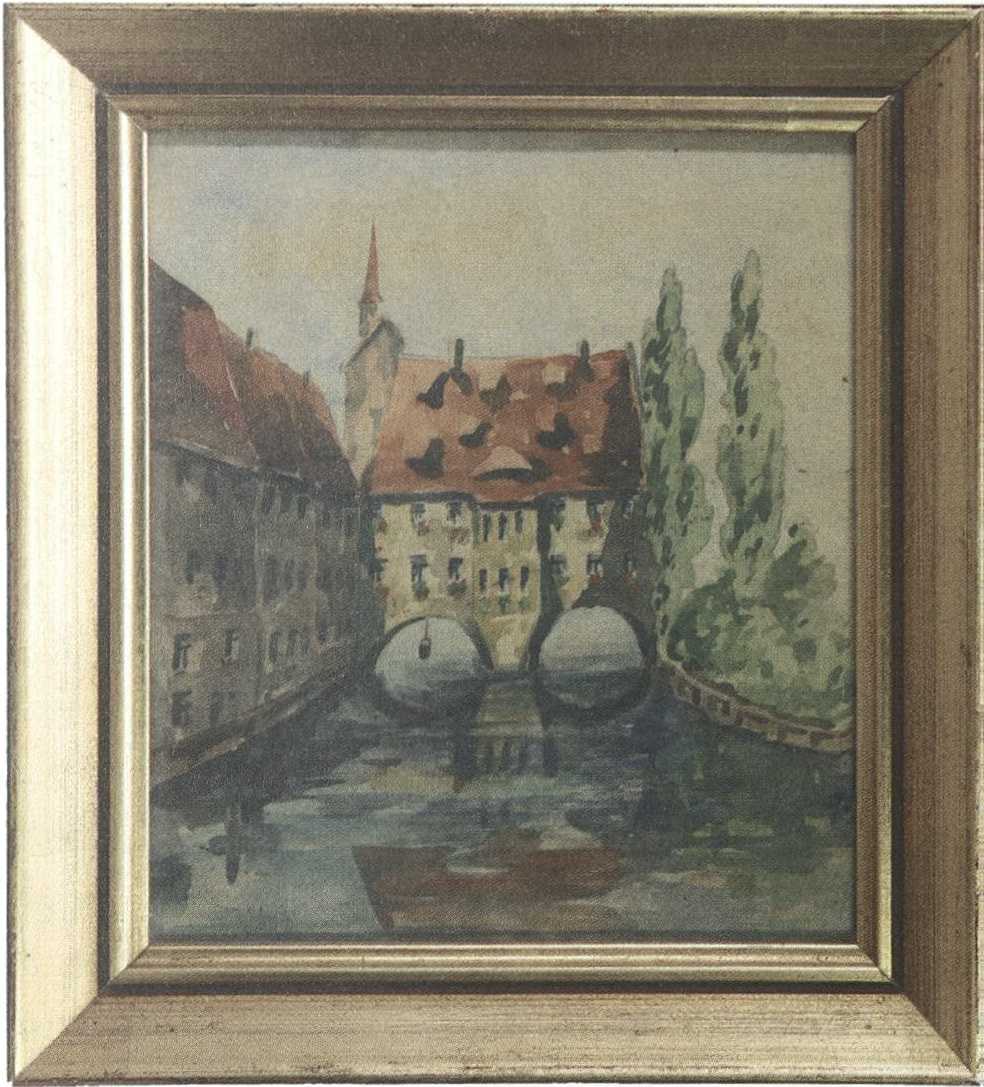
Source: KZ-Gedenkstätte Dachau
He produced the vast majority of his watercolours and drawings after the liberation of the camp. The works depicting crimes are of particular significance. They testify to the crimes and show the perpetrators responsible. In criminal proceedings the prosecution even used some of his pictures as incriminating evidence against members of the SS who worked at Dachau. Georg Tauber’s drawings captured testimony for future generations.
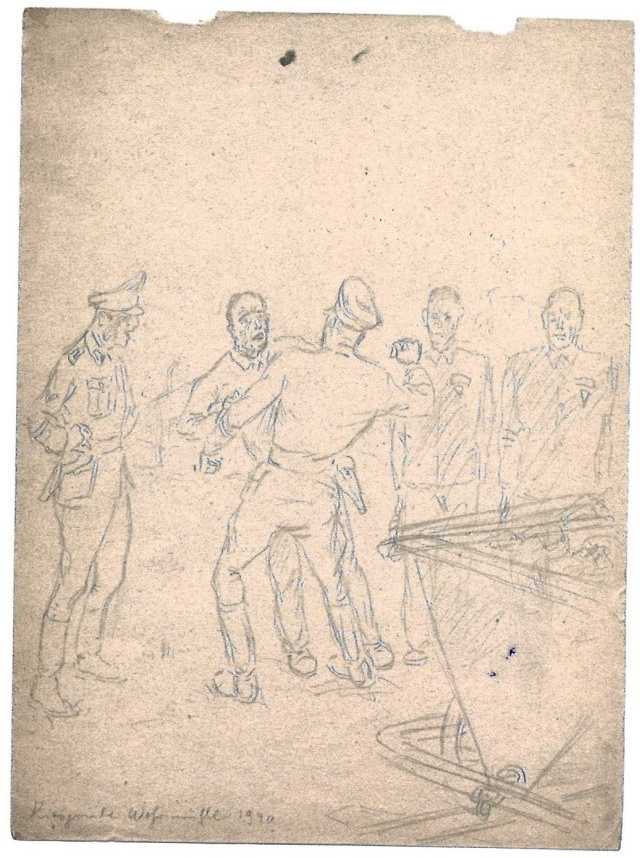
Source: Private collection
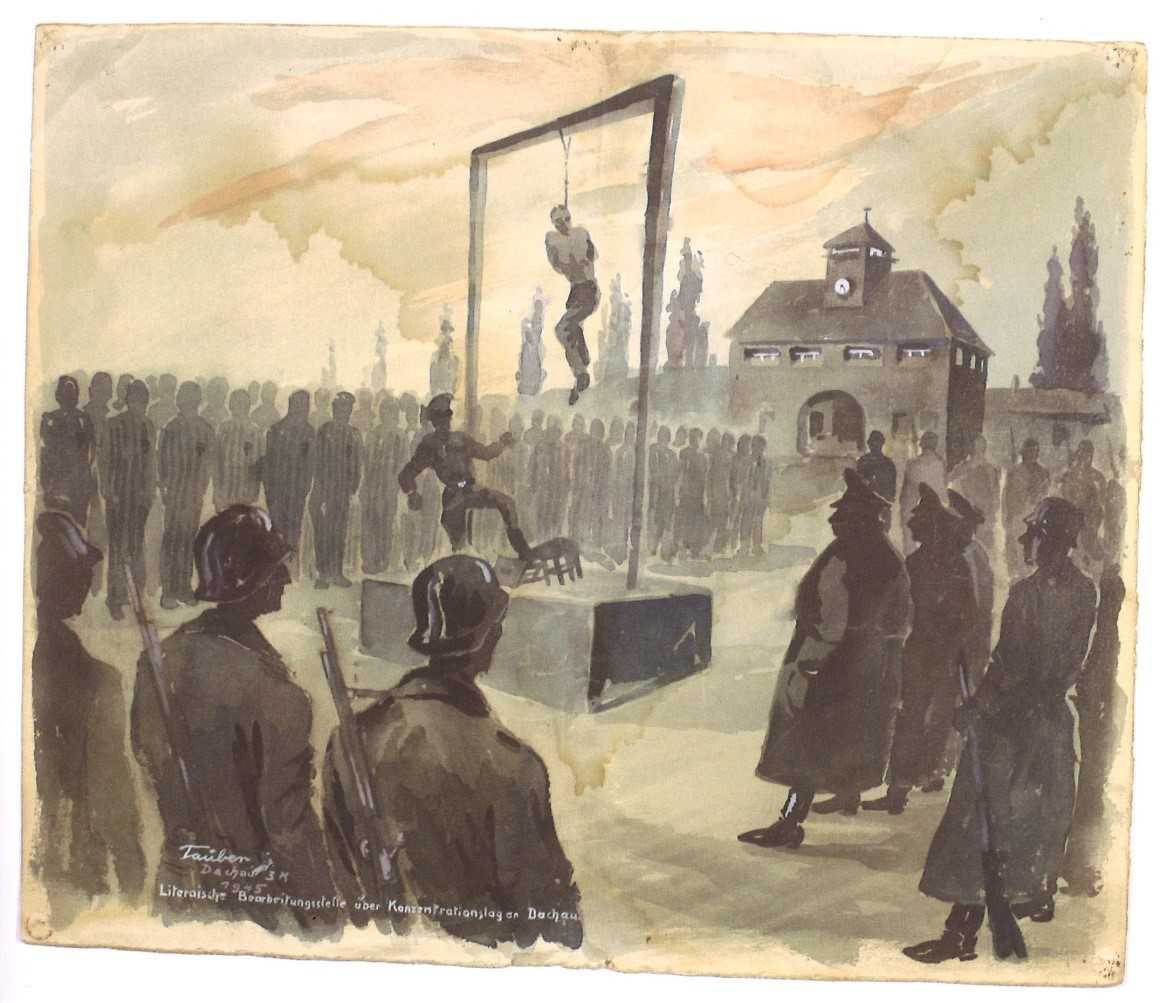
Source: Private collection
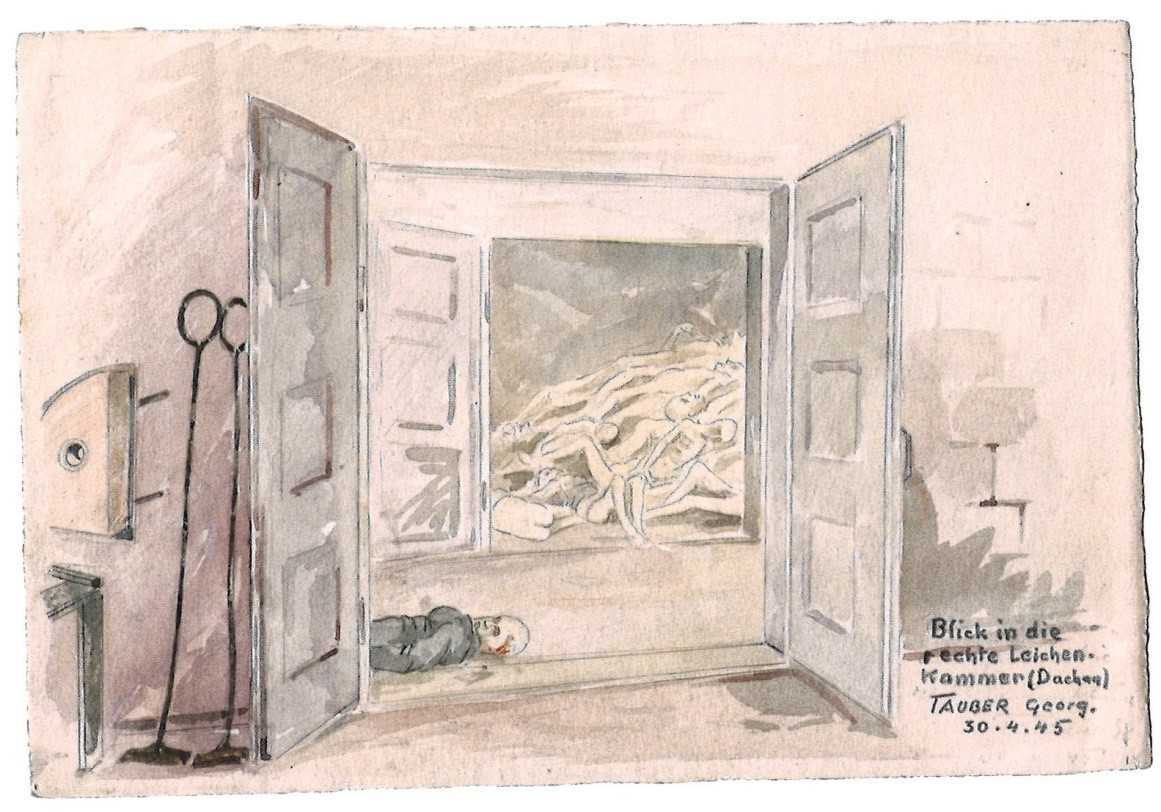
Source: Private collection
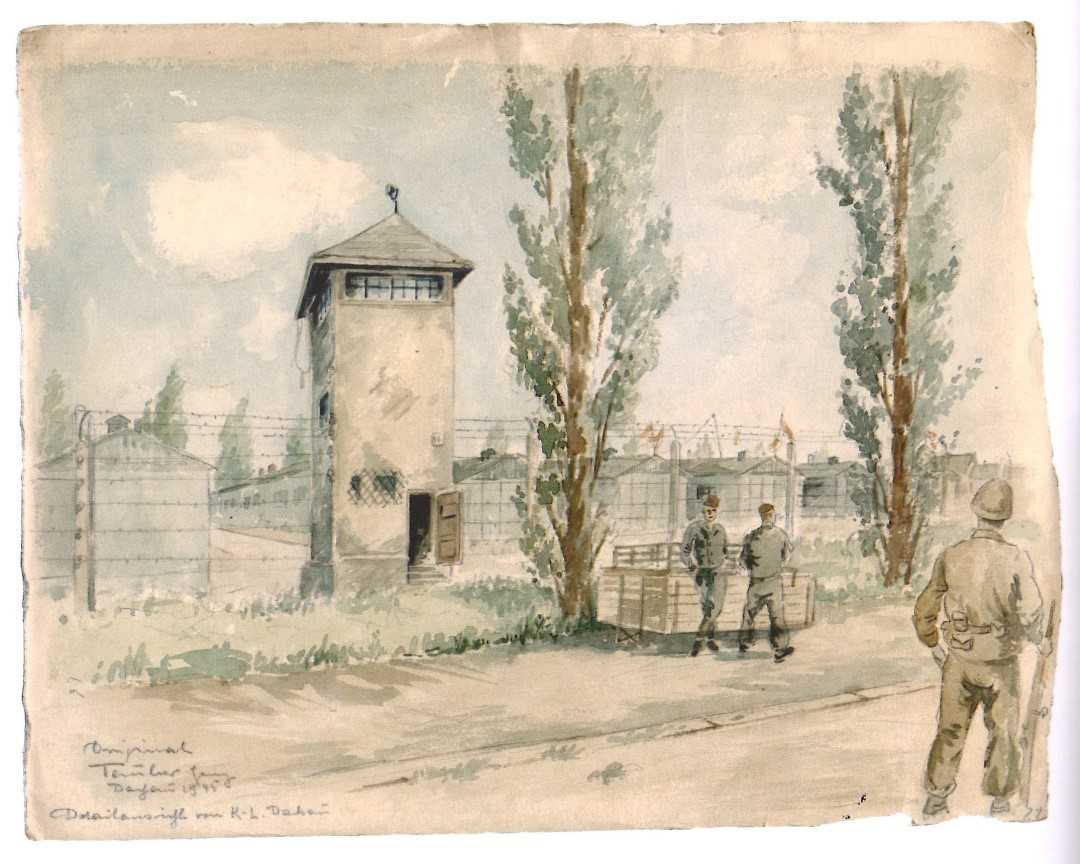
Source: Private collection
Directly after the liberation of the camp, Georg Tauber began to seek recognition for everyone who had been persecuted by the Nazis. He founded the working group »The Forgotten Ones«, which aimed to give a voice to people who had faced persecution as »career criminals« and »asocials«. However, the association made little impact and it was prohibited after just a few months. »Asocials« continued to be stigmatised after the war; the widespread opinion was that they only had themselves to blame for their misfortune. Georg Tauber was to learn that there was no solidarity among former concentration camp prisoners when it came to recognising who had been a victim of persecution under the Nazi regime.
Georg Tauber said that he wanted to publish his memoirs under the title »The Truth About Dachau«. However, his health prevented him from doing so. He died of the lung disease tuberculosis in October 1950. He was 49 years old.
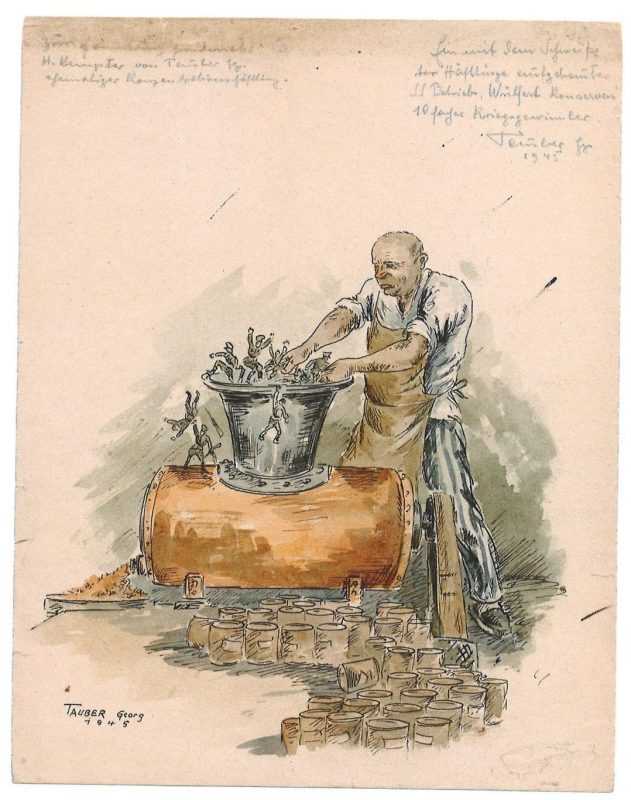
Source: Private collection
The SS (»Schutzstaffel«) under the leadership of Heinrich Himmler was envisioned as an elite paramilitary organisation of the National Socialist state. With Himmler’s takeover and reorganisation of the police, the SS became the regime’s central instrument of terror. In 1934, it was given control over all concentration camps. The Reich Security Main Office (RSHA), formed in 1939 as the planning centre for crimes in German-occupied Europe, was subordinated to it.
People were defined as »asocial« and faced persecution if they did not fit into the »national community« (»Volksgemeinschaft«) under Nazism. The groups affected were primarily the unemployed, the homeless, prostitutes or non-conformist youth. They were accused of posing a danger to society. The welfare authorities, justice system and police were among the institutions which worked together to persecute these individuals. They created a dense network of surveillance and compulsory measures.
The Criminal Police (Kriminalpolizei, »Kripo«) is a regular police division in charge of investigating crimes. In the National Socialist state its tasks additionally included the surveillance and persecution of »community aliens« (»Gemeinschaftsfremde«). People deemed »career criminals« or »asocials« by the Criminal Police were placed under systematic surveillance and were detained indefinitely.
It was up to police officers to decide what was to be considered »asocial behaviour«: the slightest deviation from the norm could lead to imprisonment.
